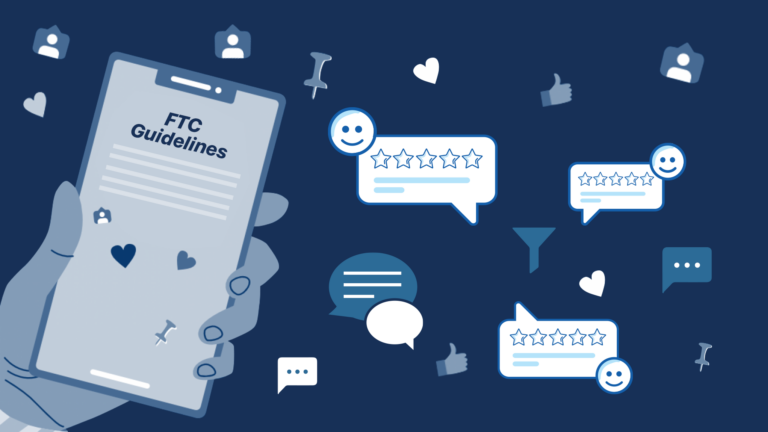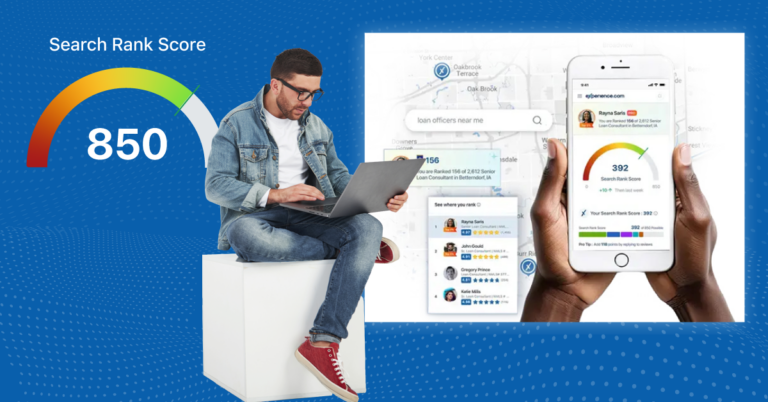The combined output of first rate customer experience and employee experience programs can significantly move the needle on major business outcomes, increasing growth rates and driving revenue.
In April, 2021, Gartner expanded its definition of customer experience management (CXM). According to the research firm, the time had come to recognize that the world has changed and that customer experience needed a more expansive definition.
The new definition, which states, “CXM is the discipline of understanding customers and deploying strategic plans that enable cross-functional efforts and customer-centric culture to improve satisfaction, loyalty and advocacy,” was written to address just how much CX management programs have grown in recent years and acknowledge the increase in CX investments by a wide-range of industries.
But even Gartner admits that customer experience is only one side of it. According to a recent announcement on the firm’s website, “Customer experience in a silo will never truly work. In fact, it is one of the biggest mistakes that Gartner sees organizations make.”
In reality, enterprise organizations need an integrated, holistic Experience Management Strategy to achieve desired business outcomes as effectively and efficiently as possible. After working with hundreds of organizations, enabling them to collect, analyze and act on both customer and employee feedback, we know without a doubt that the employee experience is just as integral to a business’ success as the customer experience.
How CX + EX = Exceptional XM
When it comes to Experience Management (XM), it is not an either-or situation. Companies must commit equally to both customer experiences and employee experiences to create a holistic Experience Management strategy that aligns with the business’ primary goals.
We’ve covered experience management on the blog in previous posts: What it is, how it impacts business outcomes and who benefits from a strategic experience management program. As we’ve mentioned before, a comprehensive Experience Management program takes an integrative approach to create intentional customer experiences (CX) and employee experiences (EX), proactively breaking down the silos between these two areas.
An effective Experience Management strategy relies on the ability to capture feedback from both customers and employees, analyze the feedback and act on the data in real time. Studies have shown businesses that invest in employee experience programs are more likely to create a customer-centric culture.
“Companies whose culture emphasizes individual responsibility for customer service are likely to improve customer satisfaction, and deliver these results sustainably to improve organizational health and performance along the way,” reports McKinsey. It found that companies able to adopt both customer-centric models in combination with healthy workplace cultures saw major improvements in business outcomes, increasing their odds of undergoing a successful transformation by as much as 79% in some cases.
Forrester’s findings showed organizations with advanced employee experience programs saw twice the return on their investment. According to a Forrester report, nearly 80% of human resource leaders believe employee experience programs will become one of the most important factors impacting a business’ ability to deliver on key objectives.
Meanwhile, study after study highlights just how critical CX is to an organization’s success. Seven out of ten consumers would spend more money to do business with a brand that delivers exceptional customer experiences, according to research from American Express. Fifty percent of businesses with formal Voice of Customer programs increased their revenue, according to the 2020 Global Customer Experience Benchmarking Report published by NTT. And Forbes reported more than three years ago that poor customer service was costing businesses as much as $75 billion.
When you look at the data from both angles — employee experiences and customer experiences — there is no denying that intentional Experience Management strategies are the most effective and fastest route to exceeding your biggest goals as an organization. The key to delivering integrative Experience Management strategies is having access to an Experience Management Platform (XMP) that puts customer and employee feedback at its core.
Experience.com’s XMP not only makes it easy to collect EX and CX data, but analyzes the data in real-time. Our users, via an intuitive dashboard, have the tools they need to act on their findings so that they can change outcomes for the better and create advanced workflows that impact the moments that matter most.

















